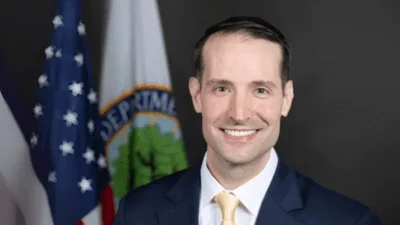U.S. Department of Agriculture recently announced a strategic approach and investments to address water supply challenges for western food producers to resolve drought and exhausted water issues.
Funding to make western communities more resilient in the face of climate change is coming in part from the Inflation Reduction Act, according to a Feb. 13 news release.
“Climate change is taking an enormous toll on farmers and ranchers in the west," Natural Resources Conservation Service Chief Terry Cosby said in the news release. "Record breaking drought and exhausted water supplies are hurting agricultural operations and entire communities."
USDA seeks to address those issues though its WaterSMART Initiative to spend $25 million in three new priority areas and 37 existing priority areas to assist communities and producers in the west, according to the news release. The three new priority areas are Madera Irrigation District Area in Madera, Calif., which will receive $1.5 million; Kohala Watershed Partnership Area in Waimea, Hawaii, which will receive $345,000; and Quincy Columbia Basin Irrigation District West Canal Area in Quincy, Wash., which will receive $1.8 million.
"WaterSMART investments are being directed where they can have the most impact, and the new Western Water and Working Lands Framework for Conservation Action lays the foundation for helping producers and communities address pressing climate challenges and build resiliency for the future," Crosby said in the future. "Complemented by investments from the Inflation Reduction Act, USDA is utilizing this framework and all available tools to deliver assistance that the severity of the water supply challenges in the west demand."
The Western Water and Working Lands Framework for Conservation Action, which is providing the framework for WaterSMART, is a comprehensive, multi-state to address key water and land management challenges in 17 western states, the release reported. The framework includes guidelines to identify vulnerable agricultural areas and 13 strategies to help Natural Resources Conservation Service state leaders, water resource managers and producers respond to priority challenges.
The framework also aims to leverage new scientific tools to guide program implementation on the ground and addresses resource concerns across state boundaries, according to the release.







